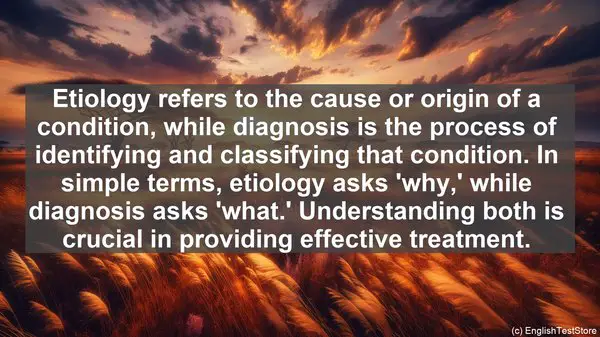Introduction
Today, we’re going to dive into the fascinating world of Speech-Language Pathology. But before we begin, it’s important to clarify some commonly confused words in this field. Let’s get started!
1. Articulation vs. Phonology
Articulation refers to how speech sounds are made, while phonology deals with the patterns and rules of those sounds in a language. In simpler terms, articulation is about the individual sounds, while phonology focuses on how those sounds work together.
2. Expressive vs. Receptive Language
Expressive language involves the ability to convey thoughts and ideas, while receptive language is about understanding and comprehending spoken or written information. Think of it as expressing yourself versus understanding others.
3. Apraxia vs. Dysarthria
Apraxia is a motor speech disorder where the brain struggles to plan and coordinate the movements needed for speech. Dysarthria, on the other hand, is a condition where the muscles used for speech are weak or paralyzed. Both can affect speech, but in different ways.

4. Aphasia vs. Dysphasia
Aphasia and dysphasia are often used interchangeably, but there’s a subtle difference. Aphasia refers to a complete loss or impairment of language skills, while dysphasia indicates a partial or temporary difficulty in language use. It’s like a spectrum of language impairment.
5. Pragmatics vs. Semantics
Pragmatics deals with the social aspects of language, such as using appropriate greetings or understanding sarcasm. Semantics, on the other hand, focuses on the meaning of words and how they relate to each other. So, pragmatics is about social context, while semantics is about word meaning.

6. Etiology vs. Diagnosis
Etiology refers to the cause or origin of a condition, while diagnosis is the process of identifying and classifying that condition. In simple terms, etiology asks ‘why,’ while diagnosis asks ‘what.’ Understanding both is crucial in providing effective treatment.
7. Fluency vs. Stuttering
Fluency is the smoothness and flow of speech, while stuttering is a disruption in that flow. Stuttering is a type of fluency disorder, but not all fluency issues are stuttering. It’s important to differentiate between the two for accurate assessment and intervention.
8. Oral Motor vs. Speech Therapy
Oral motor therapy focuses on improving the strength and coordination of the muscles used for speech and swallowing. Speech therapy, on the other hand, addresses a broader range of communication skills, including language and articulation. Oral motor is a subset of speech therapy.
9. Voice vs. Resonance
Voice refers to the sound produced by the vocal cords, while resonance is about the quality and tone of that sound as it resonates in the oral and nasal cavities. Think of voice as the source, and resonance as the way that sound is shaped and amplified.
10. Reinforcement vs. Punishment
In the context of behavior therapy, reinforcement is about increasing the likelihood of a desired behavior, while punishment is about decreasing the likelihood of an undesired behavior. Both have their place in shaping behavior, but they work in opposite ways.
